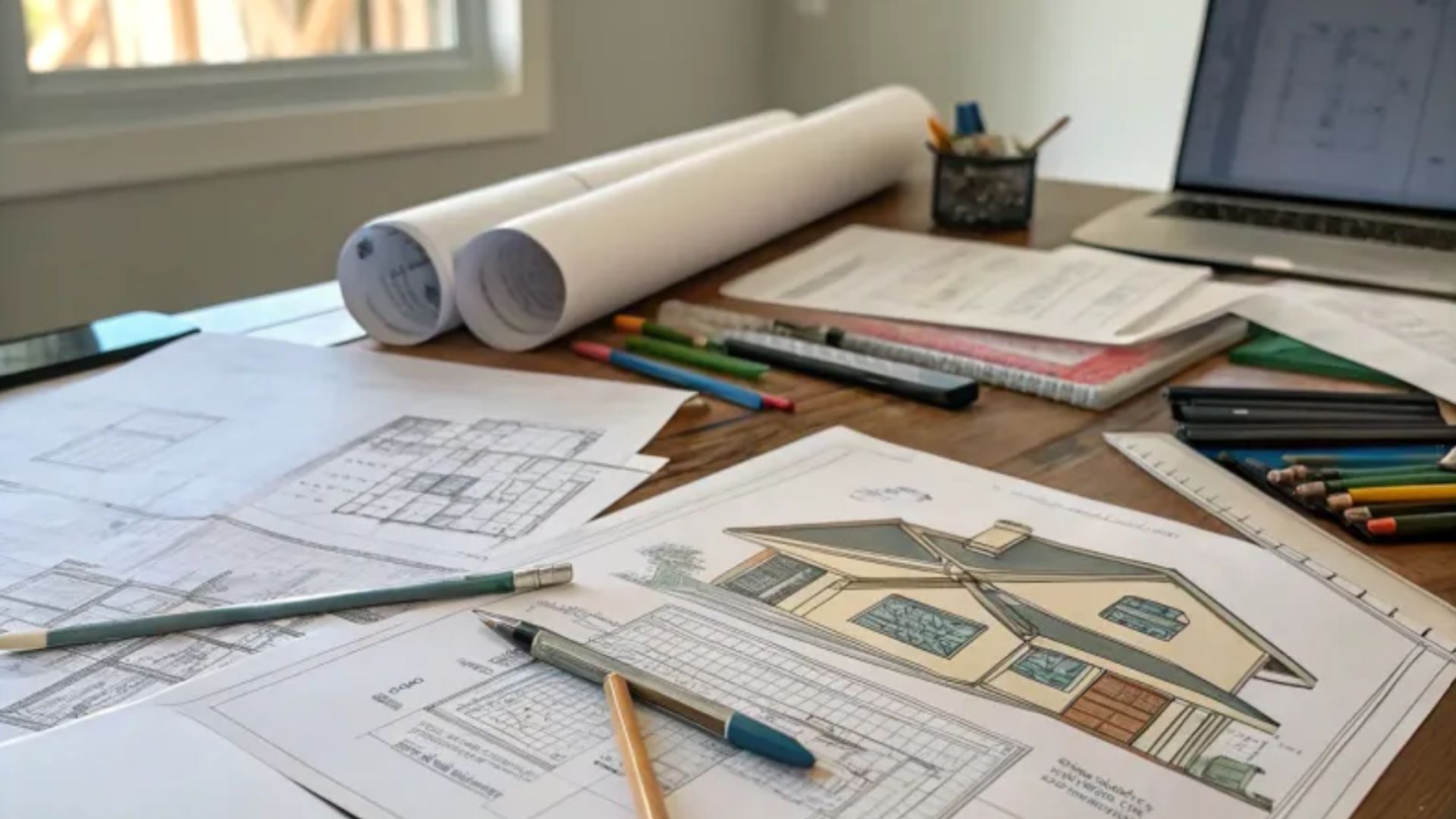Renovating your home can be an exciting adventure – a chance to breathe new life into your space, increase its value, and make it truly yours.
But with every big project comes a fair share of potential pitfalls that can quickly turn your dream renovation into a stressful nightmare. Whether you’re taking on a DIY project or hiring professionals, there are crucial missteps you’ll want to avoid at all costs.
To help you navigate this journey with confidence and ease, I’ve compiled twelve of the most common home renovation mistakes. Think of this guide as your renovation survival kit, packed with practical advice, a touch of humor, and insights to keep you on track.
So, grab your plans, put on your hard hat (or at least your thinking cap), and let’s dive into the dos and don’ts of home renovation.
1. Ignoring Permits
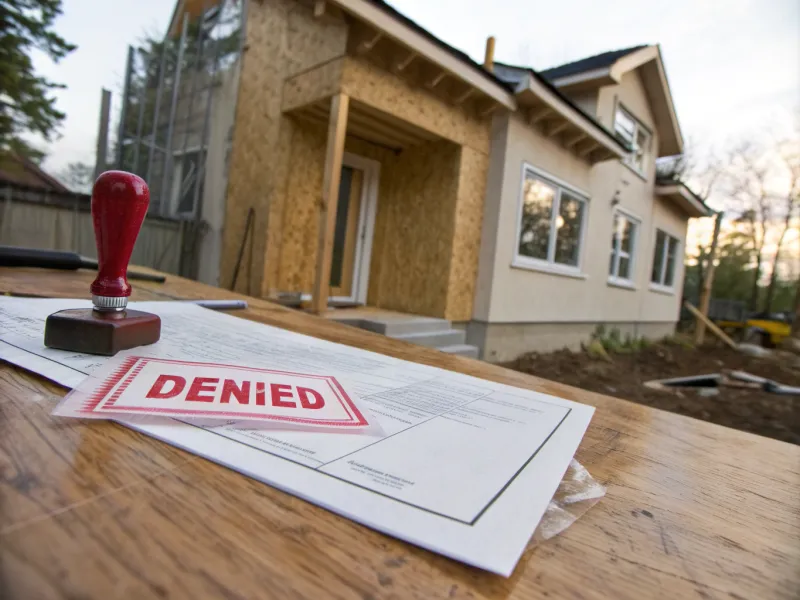
When it comes to renovations, skipping permits is like driving without a license – exciting but risky! Permits ensure that your work abides by local codes, keeping you and your wallet safe. Ignoring this step might save you time now, but could cost you dearly later.
Imagine completing your dream kitchen, only to find out it’s not up to code. You could face fines or even be forced to tear it down. Yikes! By securing the proper permits, you ensure safety and legality.
Before swinging that sledgehammer, check with local authorities about necessary permits. It’s a bit bureaucratic, but absolutely crucial. Think of permits as your renovation insurance, protecting your investment and peace of mind. Don’t wing it; play by the rules!
2. Underestimating Costs
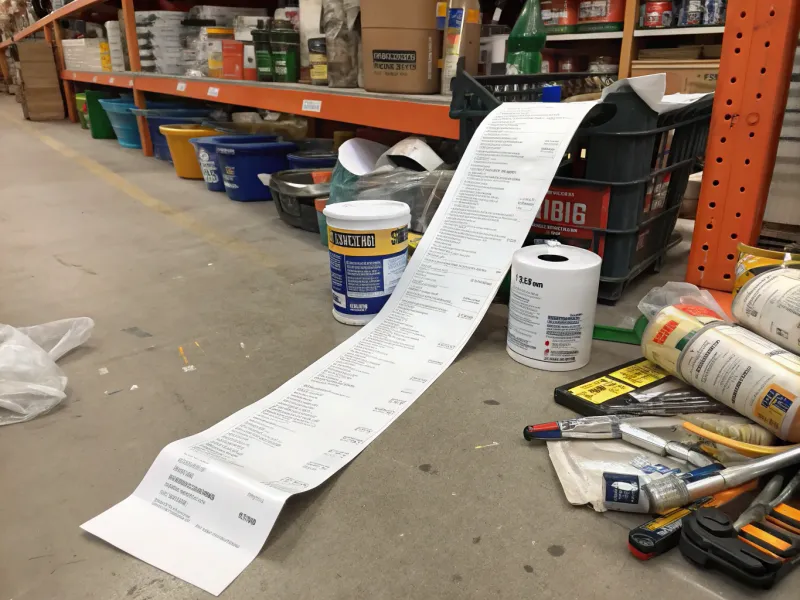
Renovation budgets are like diets; they only work if you’re realistic. Underestimating costs can leave you in financial hot water. It’s easy to get carried away with dreams of marble countertops and heated floors.
However, every dream needs a budget that accounts for unexpected expenses. Costs can quickly balloon with unforeseen issues like mold or outdated wiring. A comprehensive plan helps avoid these budget-busting surprises.
Start by adding a 15-20% buffer to your budget for contingencies. This cushion is crucial for keeping your financial stress levels in check. By planning ahead, you’ll keep your project both fabulous and feasible. Remember, a penny saved is a penny earned!
3. Choosing Cheap Materials
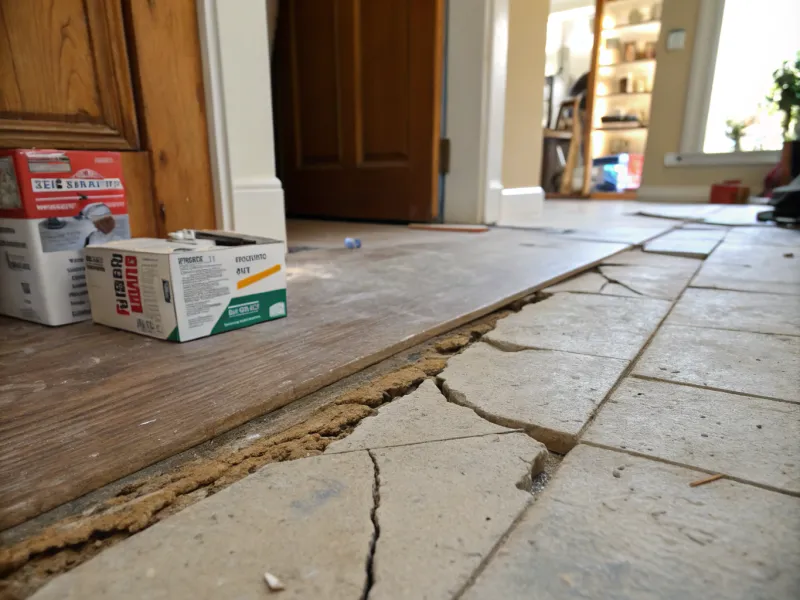
While cutting corners on materials might seem like a budget-friendly option, it often backfires. Cheap materials can lead to costly repairs down the road, causing more headaches than savings. Imagine your newly laid floor cracking underfoot!
Quality materials ensure durability and longevity, adding real value to your home. They might cost more upfront, but the long-term benefits make them a wise investment.
When selecting materials, prioritize quality over price. Consult with professionals to balance budget constraints with the need for sturdiness. Investing in good materials means fewer repairs and more peace of mind. Remember, you get what you pay for!
4. Overlooking Lighting

Lighting sets the mood in any room but is often overlooked during renovations. Poor lighting can make even the best-decorated spaces feel drab and uninviting. Transform your renovation by focusing on lighting as a key design element.
Consider natural light sources and how artificial lighting complements them. Use a mixture of ambient, task, and accent lighting to enhance the functionality and appearance of your space.
Update old fixtures and explore energy-efficient options to keep costs down. A well-lit room not only looks better but also feels more inviting. Remember, the right lighting can make all the difference – let there be light, and lots of it!
5. Neglecting Curb Appeal

Curb appeal is like a book cover – it sets the first impression. Neglecting the exterior of your home can diminish its overall charm. Even the most stunning interiors won’t make up for a drab exterior.
Simple improvements like painting the front door, trimming bushes, and planting flowers can work wonders. These changes enhance not only aesthetics but also your home’s market value.
Focus on creating a welcoming entrance and maintaining the front yard. Your efforts will pay off with compliments from guests and passersby. Remember, the outside is the gateway to your inside world—make it inviting!
6. Skipping the Design Phase
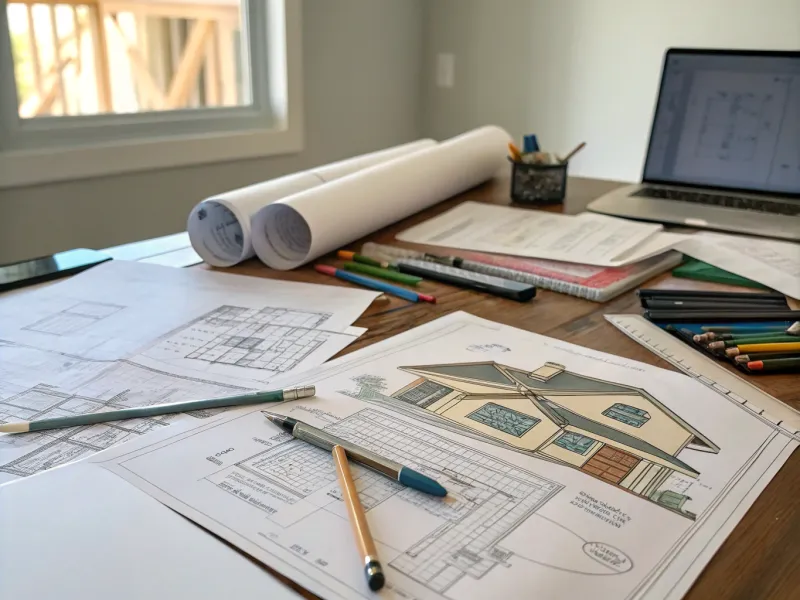
Diving into renovations without a solid plan is like going on a road trip without a map. You might get somewhere, but not where you intended! Skipping the design phase can lead to costly mistakes and unsatisfactory results.
Take the time to plan every detail, from layout to materials. Collaborating with a designer can refine your vision and prevent expensive changes mid-project.
A well-thought-out design streamlines the renovation process, ensuring each decision aligns with your goals. Invest in planning to save time, money, and sanity. Remember, failing to plan is planning to fail!
7. Forgetting Functionality
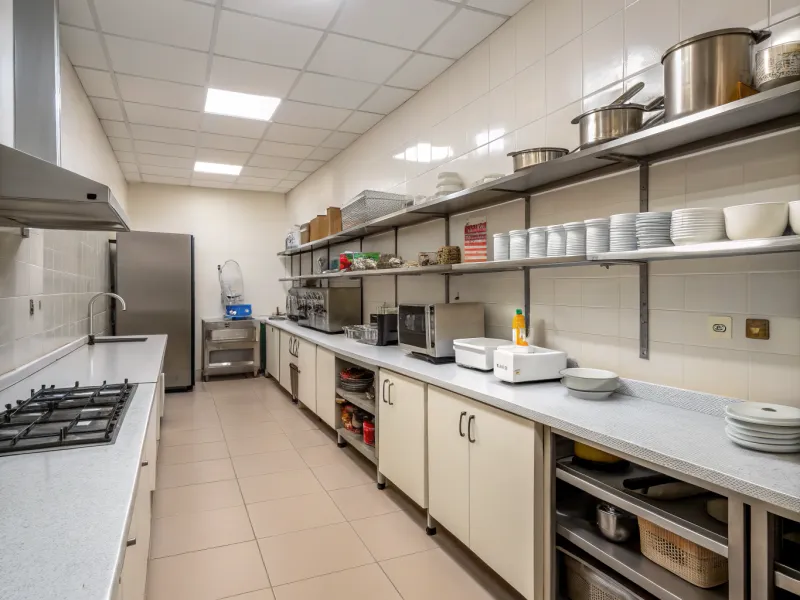
Prioritizing aesthetics over functionality is a common renovation blunder. A beautiful kitchen is great, but if you can’t reach the top shelf or lack counter space, frustration will follow.
Design should complement the way you live. Ensure that high-traffic areas are easily accessible and that storage solutions meet your needs.
Think about your daily routine and tailor the design accordingly. Consult with family members to incorporate their needs too. Remember, a functional home is a happy home!
8. DIY Overconfidence
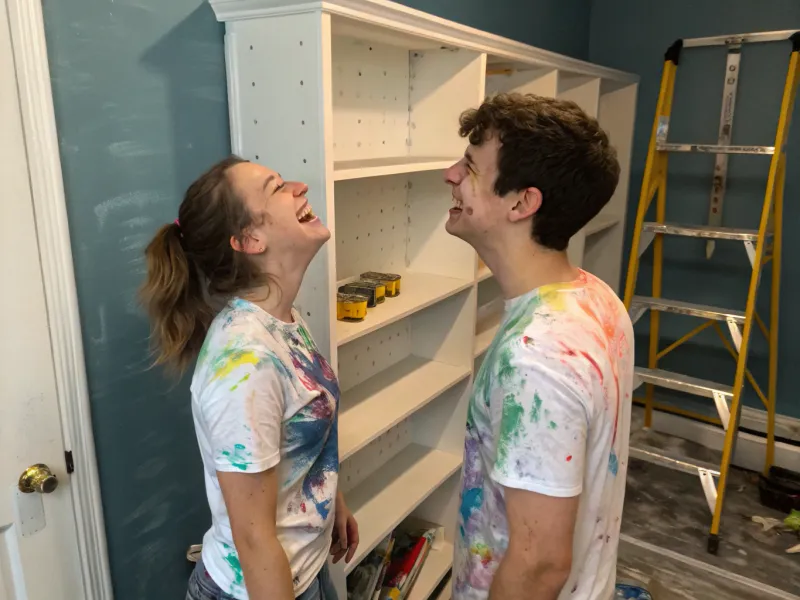
DIY projects are fun and rewarding, but overconfidence can lead to regrettable mishaps. Tackling plumbing or electrical work without expertise can be unsafe and costly.
Know your limits and when to call in the pros. DIY should enhance your home, not create new problems.
Start with smaller projects to build skills before diving into complex tasks. Recognize when professional help is needed to avoid costly mistakes. Remember, it’s okay to admit you’re not the next Bob Vila!
9. Ignoring the Laundry Room
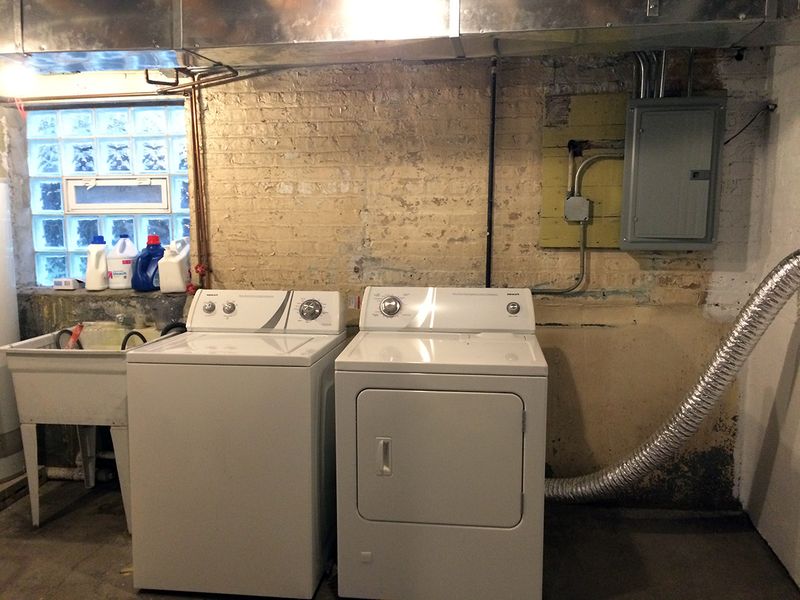
The laundry room often gets overlooked during renovations, but it deserves attention too. A well-organized laundry space can make household chores more efficient and less daunting.
Consider adding storage solutions like shelves or cabinets to keep supplies tidy. Adequate lighting and ventilation can also transform this functional area.
Maximize your laundry room’s potential to enhance your home’s overall efficiency. Remember, a stitch in time saves nine!
10. Neglecting Ventilation
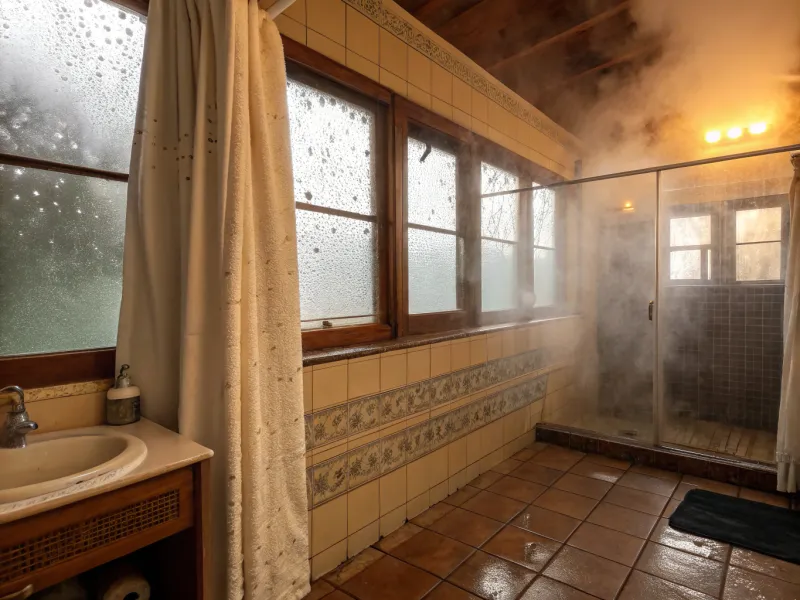
Ventilation is often an afterthought but is key to maintaining a healthy home environment. Poor ventilation can lead to mold and mildew, especially in kitchens and bathrooms.
Ensure proper airflow with exhaust fans and operable windows. Good ventilation preserves air quality and keeps your space fresh.
Don’t overlook this crucial element – it’s essential for comfort and health. Remember, fresh air isn’t just for outside!
11. Clashing Styles
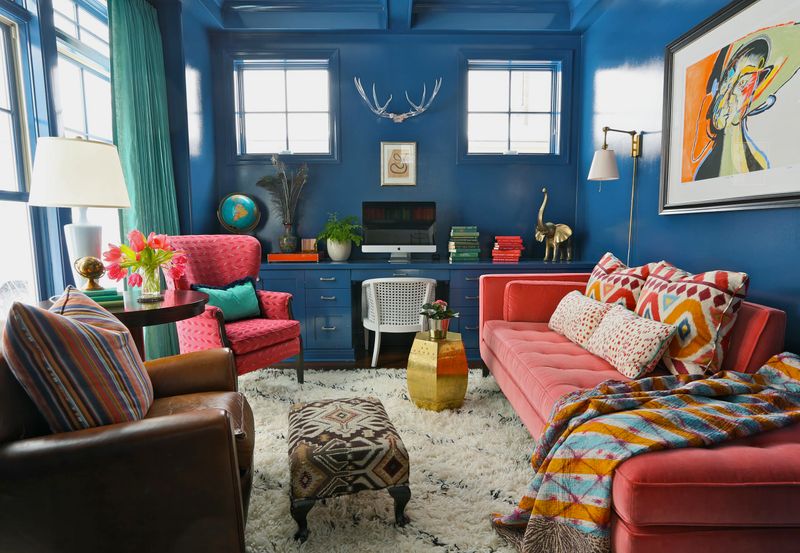
Mixing styles can add character, but clashing designs can make your home feel chaotic. Without a cohesive theme, rooms may lack harmony.
Choose a style that reflects your personality but maintains balance and flow throughout your home. Experiment with accents that complement rather than compete with each other.
Consulting with a designer can help achieve this balance. Remember, harmony is beauty’s best friend!
12. Not Planning For The Future
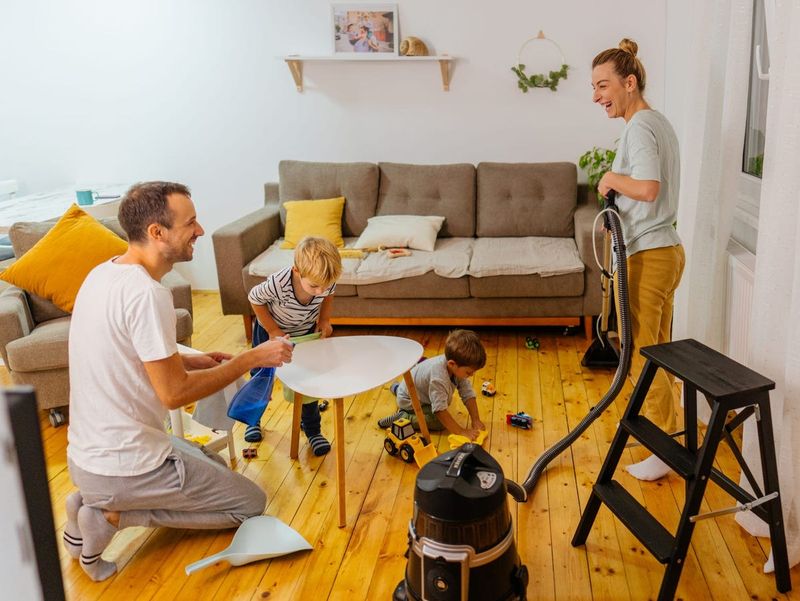
Renovations should adapt to future needs. Planning solely for the present can lead to constraints later, especially when families grow or lifestyles change.
Consider how your needs might evolve over time. Flexible designs can accommodate changes like new family members or aging in place.
Think long-term and create spaces that adapt with you. Remember, today’s plans should be tomorrow’s solutions!

